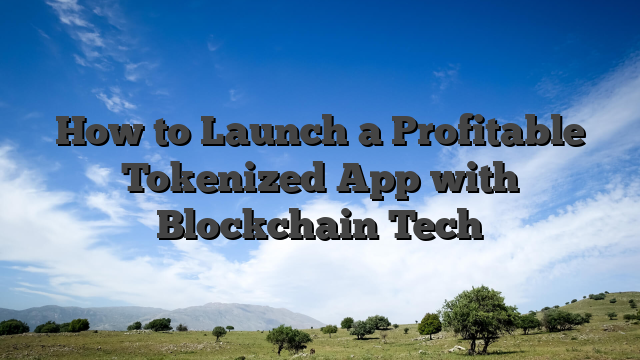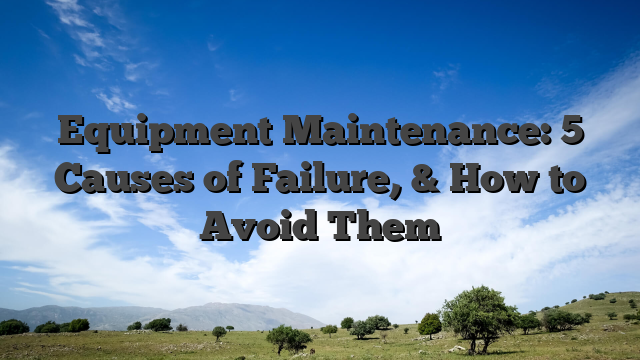The blockchain revolution isn’t slowing down—and if you’re looking to get in on the action, launching a profitable tokenized app might be your smartest move yet. From DeFi platforms and gaming ecosystems to real estate tokenization apps and NFT marketplaces, tokenized blockchain apps are disrupting industries and opening new income streams like never before.
But how do you build and launch a tokenized app that actually earns profits? What do you need to make it stand out in a crowded market?
In this blog, we’ll walk you through how to launch a tokenized app with blockchain development solutions, optimize it for ROI, and ensure your platform scales smoothly in 2025 and beyond.
What Is a Tokenized App?
A tokenized app is a decentralized application (dApp) that issues and utilizes digital tokens—cryptographically secured assets that represent value, ownership, or utility within your platform.
These tokens can be used for:
- In-app transactions
- Governance/voting
- Loyalty programs
- Asset representation (e.g., real estate, stocks)
- Access to premium features or memberships
Tokenized apps leverage the power of blockchain to ensure transparency, security, and monetization.
Why Build a Tokenized App in 2025?
The demand for token-based platforms is exploding. Businesses are using tokenization to:
- Raise funds through Initial Coin Offerings (ICOs) or Token Generation Events (TGEs)
- Create decentralized ecosystems with real-world utility
- Generate recurring revenue through transaction fees and token sales
Launching a tokenized blockchain app isn’t just trendy—it’s a scalable, future-proof business model.
Step-by-Step Guide to Launching a Profitable Tokenized App
Step 1: Define Your Use Case & Token Utility
Start by identifying the core problem your app will solve. Then, decide how your token will function inside the app.
Example use cases:
- DeFi App: Users stake tokens to earn interest
- Gaming App: Players earn and trade NFTs or in-game currency
- Real Estate Platform: Users invest in tokenized property shares
- Subscription App: Users unlock premium content with tokens
Ask yourself: Why should users care about your token?
Step 2: Choose the Right Blockchain Platform
The success of your app depends on selecting the right blockchain. Popular choices include:
- Ethereum: Ideal for DeFi and NFT projects
- Polygon: Low gas fees, Ethereum-compatible
- Binance Smart Chain (BSC): Fast and scalable for token launches
- Solana: High-speed transactions and low latency
- Avalanche: Known for speed and enterprise-grade apps
Step 3: Hire a Blockchain App Development Company
You need an expert team that understands tokenomics, smart contract development, and blockchain app integration.
Your blockchain developers should help with:
- UI/UX for your dApp
- Token design and minting
- Smart contract coding
- Web3 wallet integration (e.g., MetaMask)
- App deployment and testing
Step 4: Develop a Tokenomics Model
A good tokenomics model will determine the financial success of your app. Key components include:
- Token supply (fixed or inflationary?)
- Distribution (ICO, airdrops, staking rewards, etc.)
- Utility (access, trading, governance)
- Burn mechanisms (to increase token value over time)
Step 5: Design & Build Your Tokenized App
Work with your developers to build a clean, intuitive interface. Focus on:
- Mobile responsiveness
- Smooth wallet integrations
- Secure smart contract deployment
- Real-time token tracking and dashboards
Don’t forget to test your app thoroughly on testnets before launching to mainnet.
Step 6: Conduct Audits and Ensure Compliance
Smart contracts are irreversible—so you must ensure they’re secure. Hire third-party auditors to test and validate your contracts for vulnerabilities.
Also, ensure your app complies with legal standards like:
- KYC/AML regulations
- Securities laws (if your token is an investment asset)
Step 7: Launch, Market, and Grow
When your app is ready, prepare for a high-impact launch:
- Run a Token Generation Event (TGE) or Initial DEX Offering (IDO)
- Promote through crypto influencers, PR, social media, and Telegram groups
- Build community via airdrops, rewards, and referral programs
Keep users engaged with constant feature rollouts, staking options, and community voting features.
How Tokenized Apps Generate Profits
Wondering where the money comes from? Here’s how successful tokenized apps rake in revenue:
Revenue ModelDescription
Token Sales Raise capital through ICO, IDO, or private sale
Transaction Fees Charge fees for transfers, swaps, or staking
In-App Purchases Let users buy items, NFTs, or services via tokens
Staking & Yield Farming Encourage users to lock tokens for passive income
Ad-Based Rewards Display sponsored content and reward users in tokens
Real-World Examples of Profitable Tokenized Apps
- Axie Infinity: A play-to-earn NFT game earning millions per month
- Uniswap: A decentralized exchange generating revenue through trading fees
- Decentraland: Users buy virtual real estate using MANA tokens
- Audius: A music streaming platform where artists earn tokens for plays
These success stories prove that tokenized platforms are more than hype—they’re sustainable business models.
Final Thoughts: The Time to Launch Is Now
If you’re thinking about launching your next app, blockchain tech and tokenization are your golden opportunity. By building a profitable tokenized app, you’re tapping into a market that’s growing fast—and doesn’t show signs of slowing down.
The key is to hire the right blockchain developers, define solid tokenomics, and launch with confidence. With the right execution, your app can become the next breakout Web3 success story.
Ready to launch your own tokenized app?
Hire expert blockchain developers and turn your crypto business idea into a profitable app that dominates in 2025.




